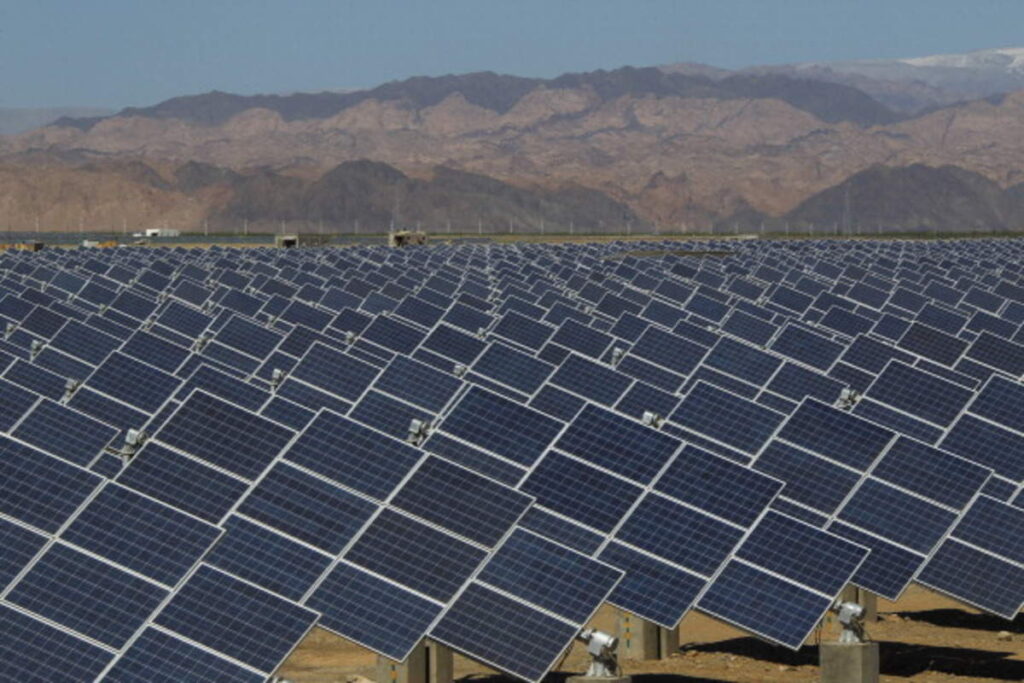- Increased Efficiency:
- Research and development efforts continue to focus on increasing the efficiency of solar cells. Improving the conversion efficiency of sunlight into electricity is crucial for making solar power more cost-effective and competitive with other energy sources.
- Tandem Solar Cells:
- Tandem solar cells, which combine multiple layers of solar cell materials to capture a broader range of the solar spectrum, have gained attention. This technology aims to enhance efficiency by using different materials that absorb different wavelengths of light.
- Perovskite Solar Cells:
- Perovskite solar cells have emerged as a promising alternative to traditional silicon-based cells. Perovskite materials are easier and cheaper to manufacture, and they have shown rapid improvements in efficiency. However, challenges such as stability and scalability need to be addressed for widespread commercial adoption.
- Bifacial Solar Cells:
- Bifacial solar cells can capture sunlight from both the front and rear sides, allowing them to generate electricity from reflected sunlight on surfaces like the ground or nearby structures. This technology enhances energy yield and is particularly useful in certain installation environments.
- Flexible and Lightweight Solar Panels:
- The development of flexible and lightweight solar panels using materials like organic photovoltaics or thin-film technologies is gaining traction. These panels offer design flexibility and can be integrated into a variety of surfaces, including curved or irregular shapes.
- Improved Manufacturing Processes:
- Advances in manufacturing processes, such as roll-to-roll production, automation, and improved material utilization, aim to reduce the cost of solar cell production. Cost reduction is crucial for making solar power more accessible and competitive.
- Energy Storage Integration:
- Solar-plus-storage solutions are becoming more common, integrating energy storage technologies like batteries with solar panels. This integration helps address intermittency issues associated with solar power generation, making solar energy more reliable and dispatchable.
- Transparent Solar Cells:
- Transparent solar cells that can be integrated into windows and other transparent surfaces are being developed. This allows for dual functionality, serving both as a power generator and a building material, without obstructing light and visibility.
- Internet of Things (IoT) Integration:
- The integration of solar cells with IoT technologies allows for better monitoring, control, and optimization of solar power systems. This includes features like remote monitoring, predictive maintenance, and smart grid integration.
- Environmental Sustainability:
- There is a growing emphasis on improving the environmental sustainability of solar cell production. This includes efforts to reduce the use of rare or toxic materials, enhance recycling processes, and decrease the overall environmental impact of solar panel manufacturing.
- Market Growth and Global Expansion:
- The solar industry continues to experience significant growth globally. Increasing demand, coupled with supportive policies and incentives, is driving the expansion of solar energy installations in various regions.
The solar energy sector is expected to continue evolving as technology improves, costs decrease, and the world transitions toward cleaner and more sustainable energy sources.


